Researchers at Brown University have created a brain-computer interface (BCI) with 200 electrodes providing 48 megabits per second (Mbit/s) of neural signals.
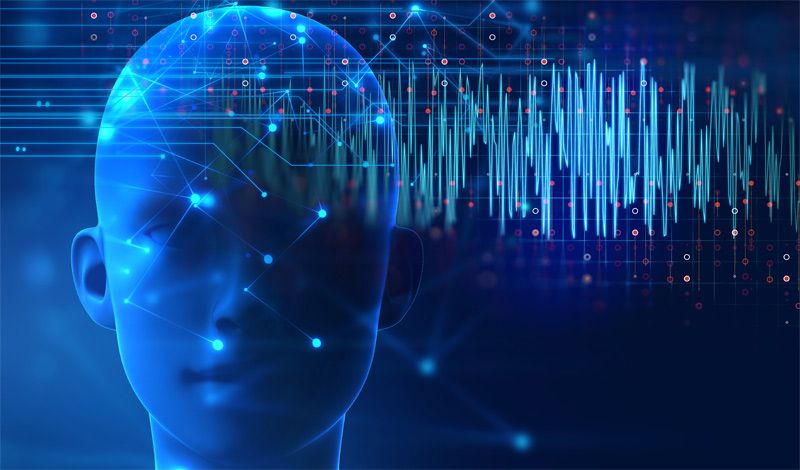

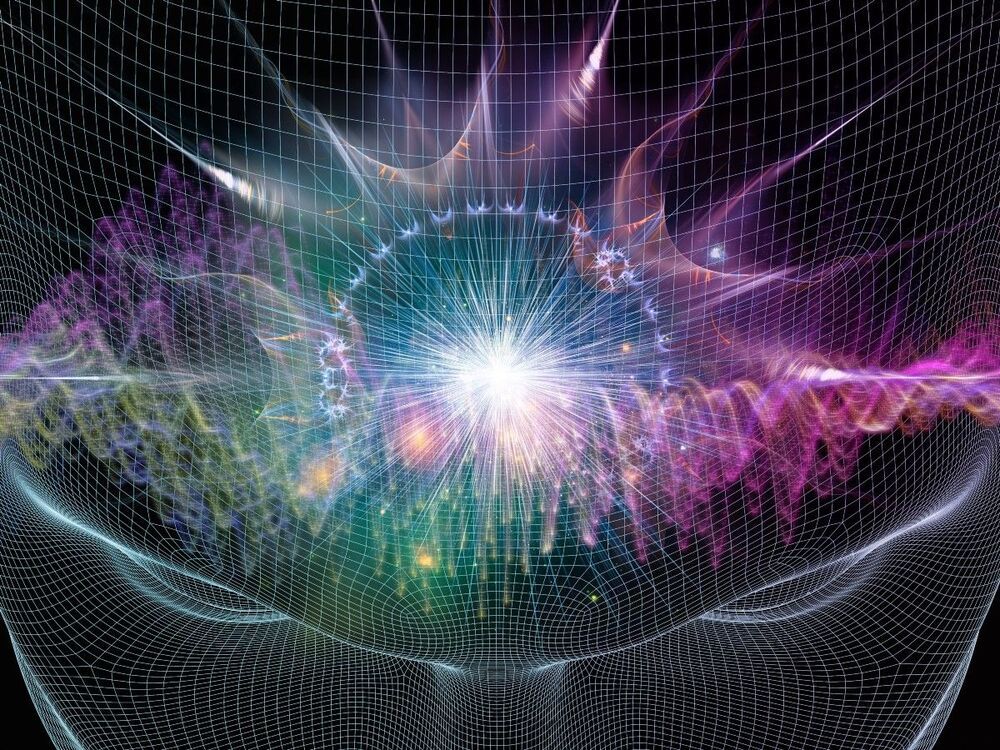
The lives of infomorphs (or ‘cyberhumans’) who have no permanent bodies but possess near-perfect information-handling abilities, will be dramatically different from ours. Infomorphs will achieve the ultimate morphological freedom. Any infomorph will be able to have multiple cybernetic bodies which can be assembled and dissembled at will by nanobots in the physical world if deemed necessary, otherwise most time will be spent in the multitude of virtual bodies in virtual enviro… See More.
“I am not a thing — a noun. I seem to be a verb, an evolutionary process — an integral function of the Universe.” — Buckminster Fuller
The term ‘Infomorph’ was first introduced in “The Silicon Man” by Charles Platt in 1991 and later popularized by Alexander Chislenko in his paper “Networking in the Mind Age”: “The growing reliance of system connections on functional, rather than physical, proximity of their elements will dramatically transform the notions of personhood and identity and create a new community of distributed ‘infomorphs’ — advanced informational entities — that will bring the ongoing process of liberation of functional structures from material dependence to its logical conclusions. The infomorph society will be built on new organizational principles and will represent a blend of a superliquid economy, cyberspace anarchy and advanced consciousness.”
The new post-Singularity system will inherit many of today’s structures but at the same time will develop new traits beyond our current human comprehension. The ability of future machines and posthumans alike to instantly transfer knowledge and directly share experiences with each other will lead to evolution of intelligence from the hive ontology of individual biological minds to the global hyperconnected society of digital minds.
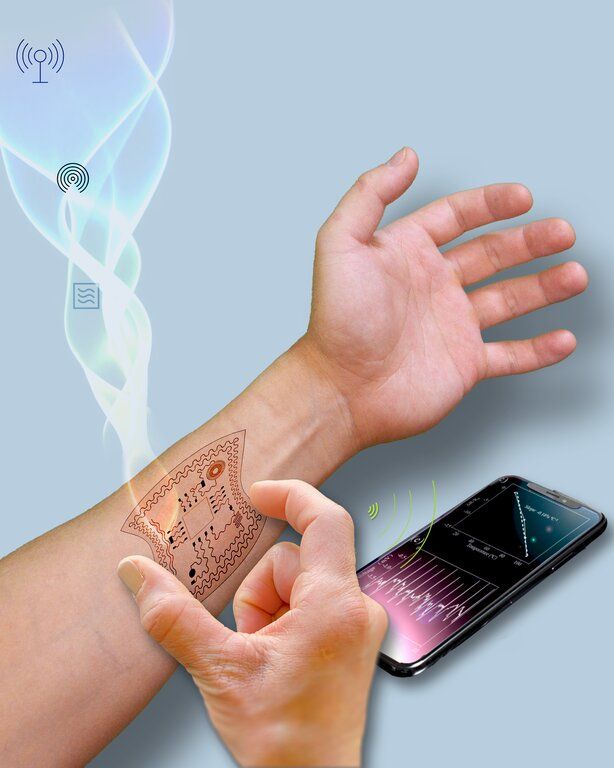
From microwave ovens to Wi-Fi connections, the radio waves that permeate the environment are not just signals of energy consumed but are also sources of energy themselves. An international team of researchers, led by Huanyu “Larry” Cheng, Dorothy Quiggle Career Development Professor in the Penn State Department of Engineering Science and Mechanics, has developed a way to harvest energy from radio waves to power wearable devices.
The researchers recently published their method in Materials Today Physics.
According to Cheng, current energy sources for wearable health-monitoring devices have their place in powering sensor devices, but each has its setbacks. Solar power, for example, can only harvest energy when exposed to the sun. A self-powered triboelectric device can only harvest energy when the body is in motion.
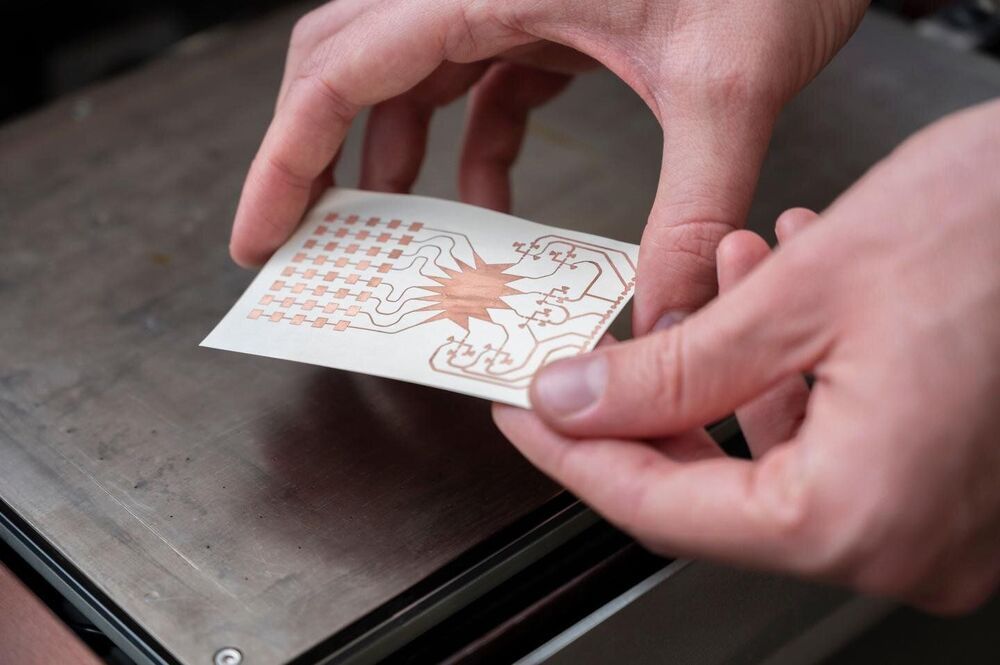
Researchers at the Georgia Institute of Technology have uncovered an innovative way to tap into the over-capacity of 5G networks, turning them into “a wireless power grid” for powering Internet of Things (IoT) devices that today need batteries to operate.
The Georgia Tech inventors have developed a flexible Rotman lens-based rectifying antenna (rectenna) system capable, for the first time, of millimeter-wave harvesting in the 28-GHz band. (The Rotman lens is key for beamforming networks and is frequently used in radar surveillance systems to see targets in multiple directions without physically moving the antenna system.)
But to harvest enough power to supply low-power devices at long ranges, large aperture antennas are required. The problem with large antennas is they have a narrowing field of view. This limitation prevents their operation if the antenna is widely dispersed from a 5G base station.
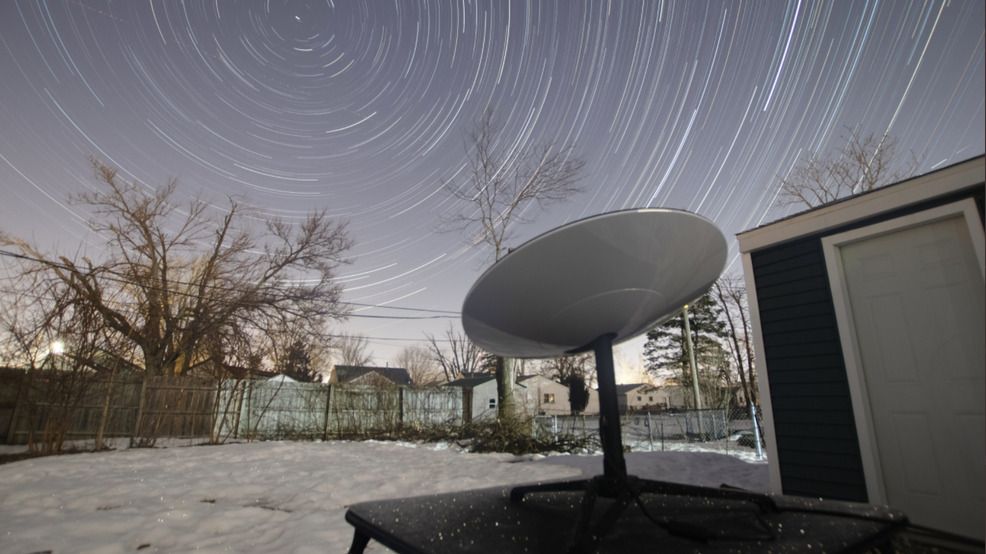
For many Iowans, the first they heard of SpaceX Starlink Internet is when the strange lights started appearing in the night sky in Spring 2020. Long “trains” of dots, each dot being a Starlink satellite.
“There’s all these lights and what looked to me like they were jets,” said John Dunnegan a resident living in rural Des Moines County, Iowa northwest of Burlington. “I thought we were being attacked by Russia. I thought ‘what is that?’ They were all in perfect file. I got on the internet started checking around, and found out what it was. It was Elon Musk’s Starlink.

There are now more than 1300 Starlink satellites in orbit.
CAPE CANAVERAL, Fla. — A SpaceX Falcon 9 rocket launched a new batch of 60 Starlink internet satellites into orbit early Wednesday (March 24) and nailed a landing at sea to top off the company’s latest successful mission.
The veteran Falcon 9 rocket blasted off from Space Launch Complex 40 here at Cape Canaveral Space Force Station in Florida at 4:28 a.m. EDT (0828 GMT).
“Ahsan Noor Khan, a PhD student and first author of the study, said: “We’re now looking to investigate how we could use low-cost existing systems, such as Wi-Fi routers, to detect emotions of a large number of people gathered, for instance in an office or work environment.” Among other things, this could be useful for HR departments to assess how new policies introduced in a meeting are being received, regardless of what the recipients might say. Outside of an office, police could use this technology to look for emotional changes in a crowd that might lead to violence.”
Research from the UK and an update from Elon Musk on human trials at his brain interface company show software is now eating the mind.
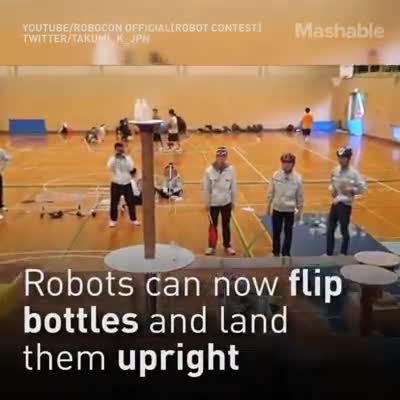
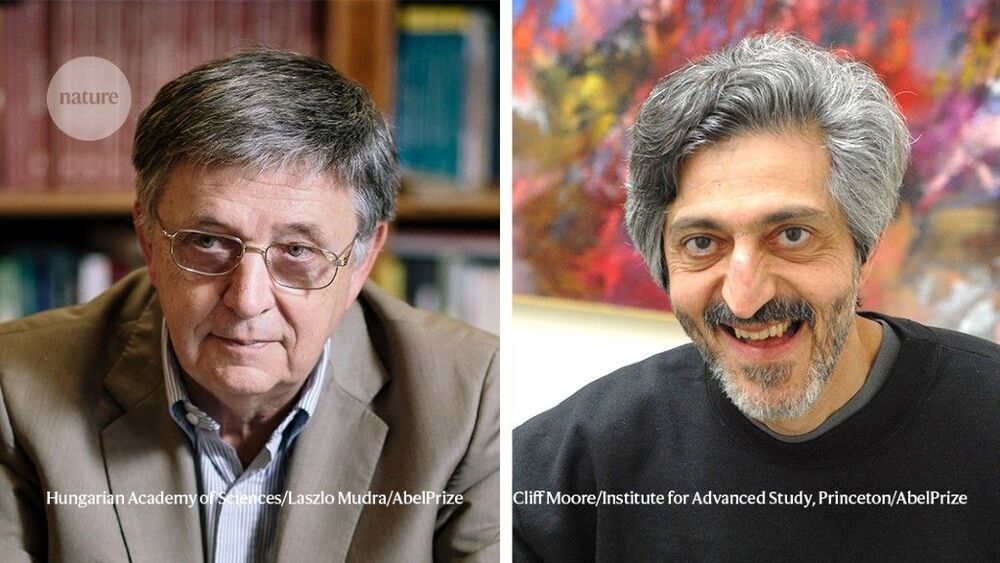
Hungarian mathematician László Lovász and Israeli computer scientist Avi Wigderson will share the prize, worth 7.5 million Norwegian kroner (US$886000), “for their foundational contributions to theoretical computer science and discrete mathematics, and their leading role in shaping them into central fields of modern mathematics”, the Norwegian Academy of Science and Letters announced on 17 March.
The work of winners László Lovász and Avi Wigderson underpins applications from Internet security to the study of networks.
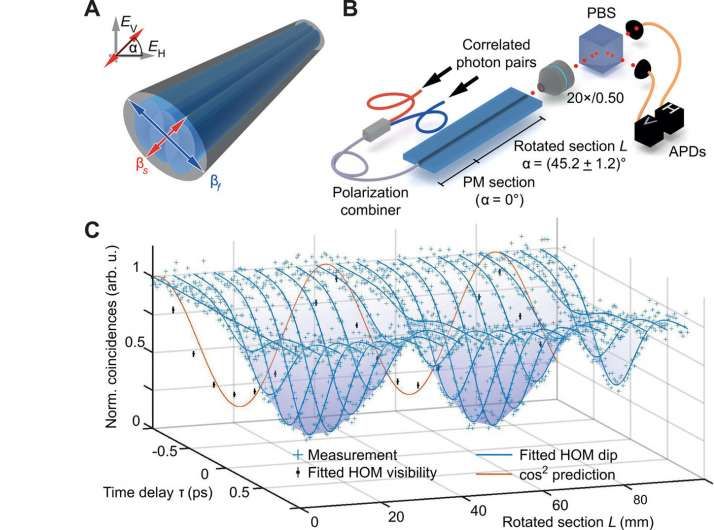
Graph representations can solve complex problems in natural science, as patterns of connectivity can give rise to a magnitude of emergent phenomena. Graph-based approaches are specifically important during quantum communication, alongside quantum search algorithms in highly branched quantum networks. In a new report now published on Science Advances, Max Ehrhardt and a team of scientists in physics, experimental physics and quantum science in Germany introduced a hitherto unidentified paradigm to directly realize excitation dynamics associated with three-dimensional networks. To accomplish this, they explored the hybrid action of space and polarization degrees of freedom of photon pairs inside complex waveguide circuits. The team experimentally explored multiparticle quantum walks on complex and highly connected graphs as testbeds to pave the way to explore the potential applications of fermionic dynamics in integrated photonics.
Complex networks
Complex networks can occur across diverse fields of science, ranging from biological signaling pathways and biochemical molecules to exhibit efficient energy transport to neuromorphic circuits across to social interactions across the internet. Such structures are typically modeled using graphs whose complexity relies on the number of nodes and linkage patterns between them. The physical representation of a graph is limited by their requirement for arrangement in three-dimensional (3D) space. The human brain is a marked example of scaling behavior that is unfavorable for physical simulation due to its staggering number of 80 billion neurons, dwarfed by 100 trillion synapses that allow the flow of signals between them. Despite the number of comparably miniscule volume of nodes, discrete quantum systems faced a number of challenges owing to complex network topologies, efficient multipartite quantum communications and search algorithms.